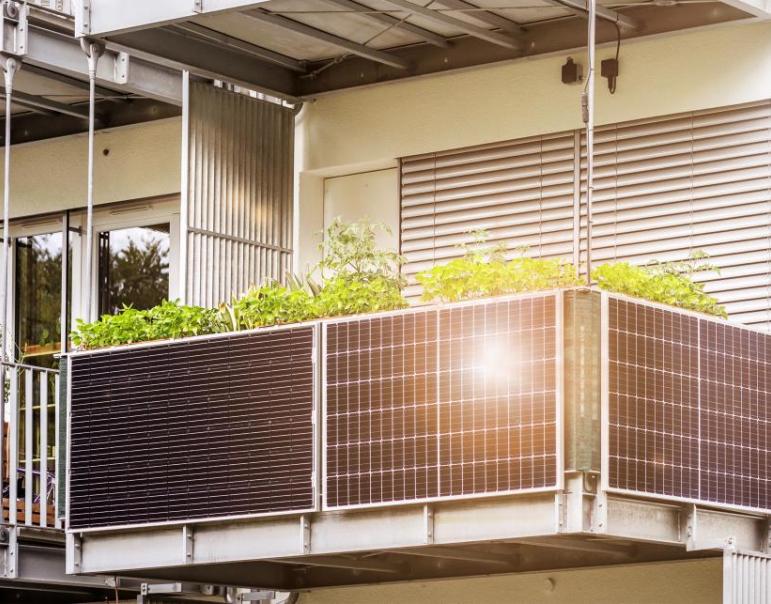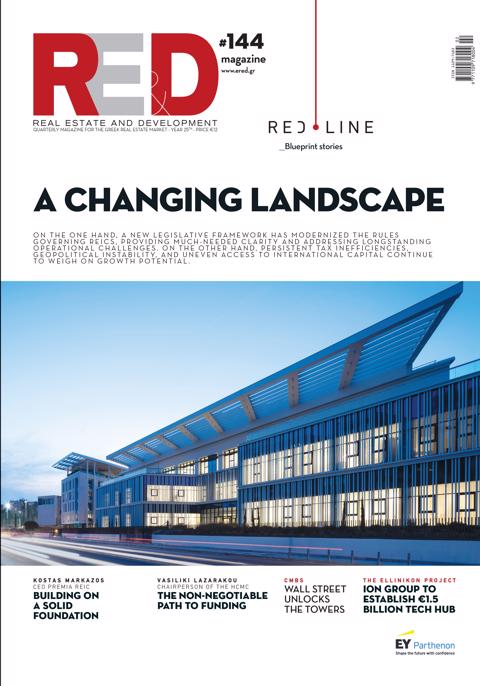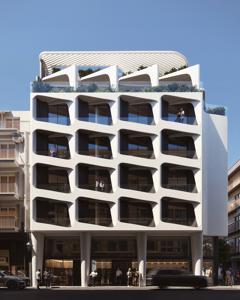The revised Energy Performance of Buildings Directive (EPBD) will accelerate the adoption of solar photovoltaic (PV) and solar thermal systems in both residential and non-residential buildings. It will also enhance the capabilities for self-consumption and energy sharing.
The directive mandates that new buildings be designed to optimize the use of solar energy. This regulation will apply to buildings for which construction permit applications are submitted after May 29, 2026, ensuring that appropriate solar installations can be added in the future without significant or costly structural modifications.
Key factors in designing a building optimized for solar energy production include:
Structural design supporting the additional weight of solar installations
- Proper building orientation
- Roof and façade design
- Solar energy offers multiple uses and benefits within buildings.
The electricity generated by solar PV can power lighting, appliances, heat pumps, electric vehicle charging, among other uses. When excess electricity is generated at any given time, it can be:
- Stored in local batteries or thermal storage
- Shared with neighbors
- Fed back into the electricity grid and sold
- Heat produced by solar thermal panels can be used for hot water, showers, and space heating, often in conjunction with heat pumps.
Placement of Solar Installations
Solar installations such as solar panels can be installed on roofs, façades, balconies, terraces, or nearby structures like covered parking areas. They can also be integrated into building elements such as tiles, façades, or solar shading devices.
A southern orientation maximizes energy production by capturing peak sunlight hours. Eastern or western orientations provide a different production pattern, generating more power in the morning or late afternoon.
National Criteria for Solar System Deployment
The directive requires solar installations across various building categories; however, not every individual building within those categories will be mandated to install solar systems. EU member states will define national criteria for practical implementation, particularly regarding the suitability of specific buildings for solar installations.
Factors such as the technical and economic potential of solar systems for particular buildings or the structural capacity to support additional weight will be taken into account.
Solar Energy in Residential Buildings
While existing residential buildings can greatly benefit from solar installations, the directive does not mandate solar systems for them. EU countries may introduce national or local requirements for solar installations, for example, as a condition for receiving renovation subsidies.
Solar installations will be required for new residential buildings for which construction permit applications are submitted from January 1, 2030, provided that such installations are suitable and feasible.
Solar Energy for Commercial Buildings
For commercial premises, the requirement to install solar panels (where suitable and feasible) will apply to construction permit applications submitted from January 1, 2027.
Starting January 1, 2028, the obligation to install solar panels will also apply during renovations or other works requiring building permits, such as roof works, on buildings larger than 500 m².
Solar Energy for Public Buildings
For existing public buildings such as schools, administrative offices, and hospitals, the requirement to install solar panels (where suitable and feasible) will be implemented gradually:
- Buildings over 2,000 m²: from January 1, 2028
- Buildings over 750 m²: from January 1, 2029
- Buildings over 250 m²: from January 1, 2031















